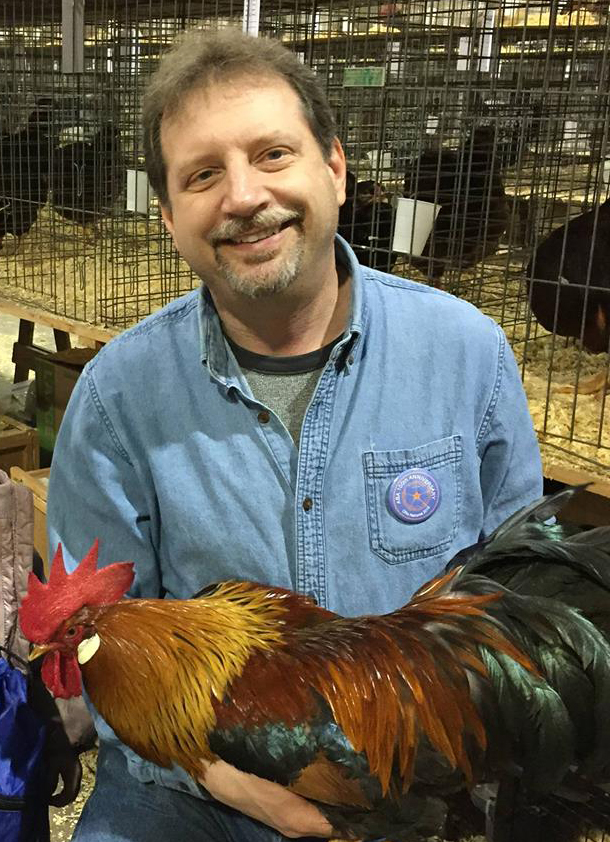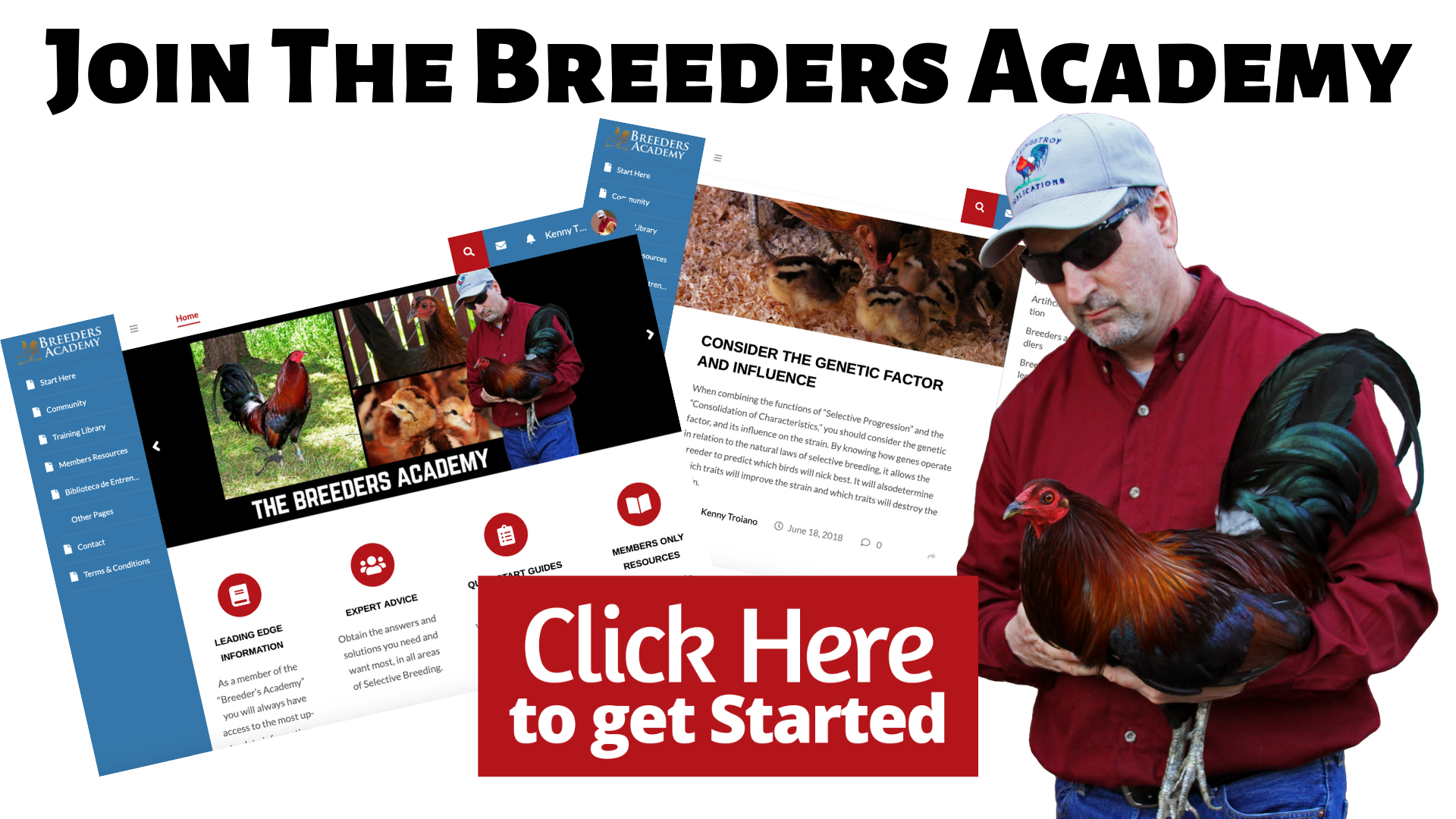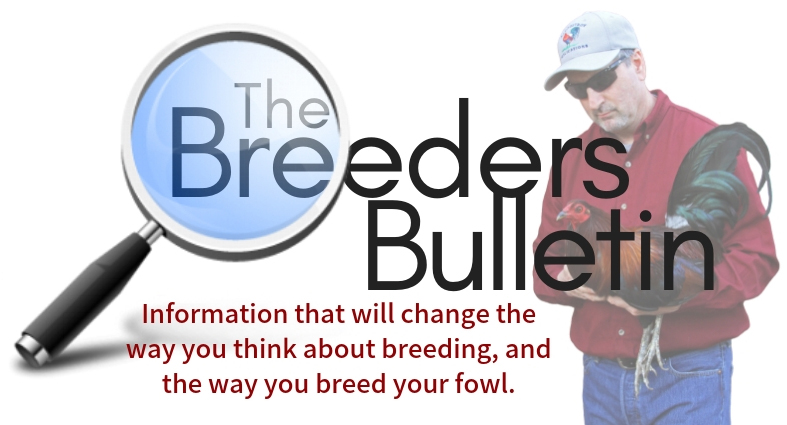Welcome to Part 2 of our interview with Master Breeder and author, Don Schrider.

Last week we talked about:
- The importance of using proper breeding methods
- And how culling may be more important than breeding
- The benefits of reducing the gene pool.
- Understanding breeding tools, such as:
- A breeding method, that all gamefowl breeders should about, known as Recumbent Reciprocal Selection.
- The problems associated with bringing in new birds.
- Breeding and other breeding methods, such as – rolling matings and spiral matings.
So if you have not listened to Part 1, stop what you are doing, listen to that one first, then come back and listen to part 2. You do not want to miss it.
In this episode, we talk about:
- The importance of conformation of body.
- Making progress through culling hard.
- The Importance of eating your culls.
- How to properly cook your fowl to achieve great flavor and tender meat.
- The relationship between dark meat and fast twitch muscle.
- Improving your strain by reducing the size of your flock.
- The dangers of becoming yard blind.
- The proper breeding age and limits of breeding.
- Discusses different methods of mating.
- How close is too close?
- Having the right mindset.
- How to keep your fowl safe.
- Modern commercial breeding methods that we can learn from.
- The benefits of looking at the strain as a whole.
- The benefits of focusing your attention on one strain only.
- The importance of selecting for good vigor.
- Selecting for good temperament and what to do about man fighters or man haters?
Before we get started with the show, let me say this.
Although Don is a breeder of Leghorns (which is a domestic breed), and not a gamefowl breeder, don’t let this discourage you from listening. This information is good for all breeders.
I say it all the time – we gamefowl breeders can learn a lot from domestic chicken breeders, and domestic chicken breeders can learn a lot from gamefowl breeders.
Yes, the breeds are different, and have different purposes, but the breeding methods and genetics are the same. The only difference is the traits we select and the purpose for which they are bred. Everything else is the same.
Now, I’m not going to lecture you, I went on a pretty good rant on the last episode, but I do want to emphasize the importance of keeping an open mind to information outside your circles.
Trust me, I value the American Game breed and their preservation for future generations. I would not give you information if I didn’t think you would benefit from it.
As you listen to this show, I urge you to open your mind. Take it in, and really think about the information you are listening to. I’m sure you will find it interesting, practical and extremely valuable. This is true with everything I teach about breeding and improving your strains.
I have dedicated my life to helping breeders like you to advance your knowledge and skills as a breeder, and improve the quality of your fowl.
My specialty is showing you how to create a true strain from mongrel flocks, or by creating a strain from unrelated cocks and hens.
This is accomplished by breeding a hen from one breeders and a cock from another breeder, and using proper breeding programs and knowing which birds to select each breeding season. Very few are able to purchase or obtain high quality fowl from a great breeder.
They are forced to start where they are or continue to purchase new birds each and every year. I’m here to tell you there is another way. And that is what we teach at the breeders academy.
I have a Breeding Program, called the Founders Program, and many courses and resources that compliment this program. I can help you advance your knowledge about breeding, and advance your skills as a breeder and improve the quality of your strains.
With that said, I would like to encourage you to join the Breeders Academy.

